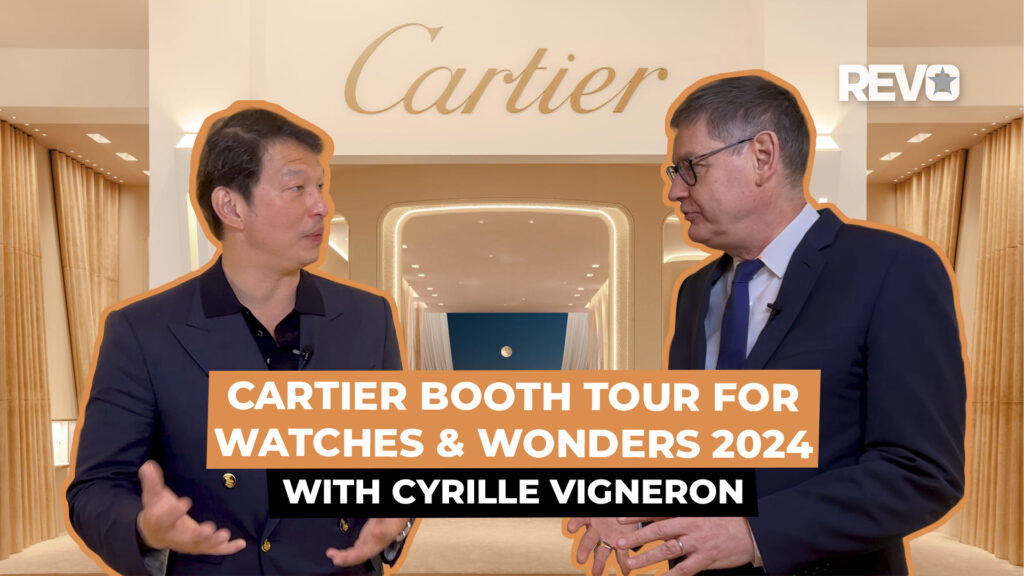Editor's Picks
Introducing the TAG Heuer Carrera Fragment
Editor's Picks
Introducing the TAG Heuer Carrera Fragment
In the bookshop context, it was precisely the same, placed in the very last rack, on the lowest and dingiest shelf were the magazines that comprised the “Hobby” periodicals, dedicated to stamp collecting, model train building and the macabre art of macramé. And there to my horror you would also find the watch magazines. To be fair the presentation, design and tone of these horological tomes did little to dissuade the perception of their insular, anachronistic nature. But to me this was a massive disservice to the watch industry and the flashpoint of inspiration for my magazine Revolution, which is now 13 years old and published in 13 countries and created with the sole mission to take watches from the loser table and to place them on the cool kids table, without losing an iota of their technical creditability. This could only be done by re-positioning watches as the intersection point for all that was relevant, provocative and thrilling in contemporary culture from fashion to cinema to sports to motoring to art. Revolution took its name not just from the motion of hands around the dial, time but also for a way of re-imagining, re-telling and re-connecting watches to the world we lived in. It was iconoclastic by design.
Little did I know that in 2004, this impulse to reshape an aspect of popular culture was shared by two extraordinary men — Jean-Claude Biver and Hiroshi Fujiwara — and by the time my magazine launched the following year both had plunged headlong into their own pursuits that had a game-changing impact on contemporary consumer culture. For Biver it was to forge the connective tissue between Swiss watchmaking and every dimension of popular culture. For Fujiwara, it was to take the clothing style born from the hip hop scene that emerged from New York City in the 80s and elevate it into a vision for luxury apparel the world had never seen. Each man would go on to reformat, refract and reprogram the world around them to align with their unique perspectives. And for that reason, when they finally met this year, their first collaboration was one of the most hotly anticipated of all time.

Founder of fashion label Fragment Design, Hiroshi Fujiwara
Following his stint in London Fujiwara made his way to New York. And in the early 80s Fujiwara fell hard for hip hop culture the biggest and most impactful musical revolution of the late 20th century and was eventually inspired form his own DJ crew Tiny Panx. Through DJ-ing, and a constant stream of articles in magazines such as Popeye, Fujiwara single-handedly introduced Western, hip hop influenced streetwear to japan. And when the culture for this style had reached a critical mass in Japan, Fujiwara launched his streetwear brands Good Enough and Fragment. Garments made by the companies soon achieved cult status and would sell out instantly upon launch. It was through the clothing that expressed this musical style that Fujiwara truly became an innovator, eventually mentoring streetwear legends Nigo of A Bathing Ape and Jun Takahashi of Undercover to create their brands. In the interim Fujiwara cult streetwear God status had him designing Nike’s HTM collection as well as innumerable collaborations. He has also appeared in the film Lost in Translation and designed guitars for Eric Clapton. In 2017 Fujiwara created a pop-up Louis Vuitton store in Tokyo that sold garments born out of a collaboration between him and Kim Jones.
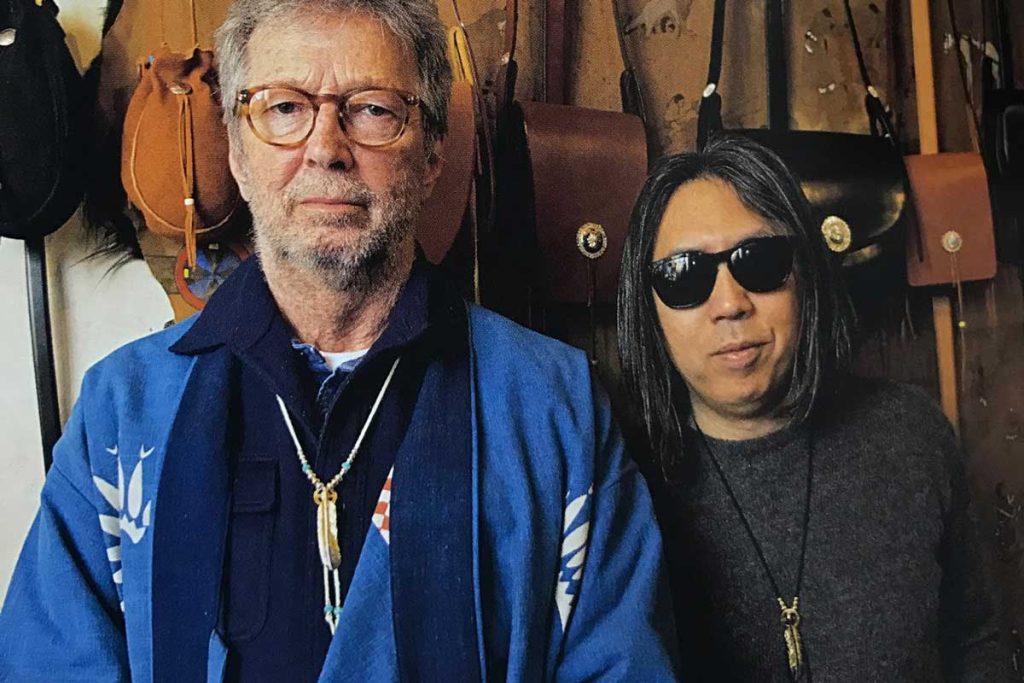
Eric Clapton with Hiroshi Fujiwara
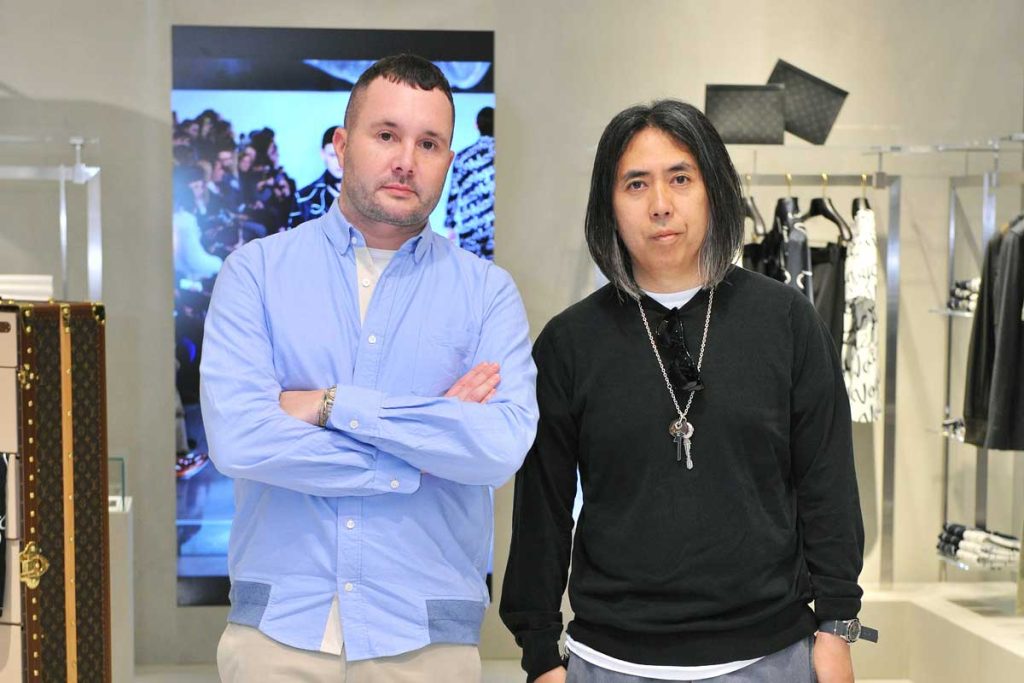
Kim Jones and Hiroshi Fujiwara (Photographer: Yukie Miyazaki)
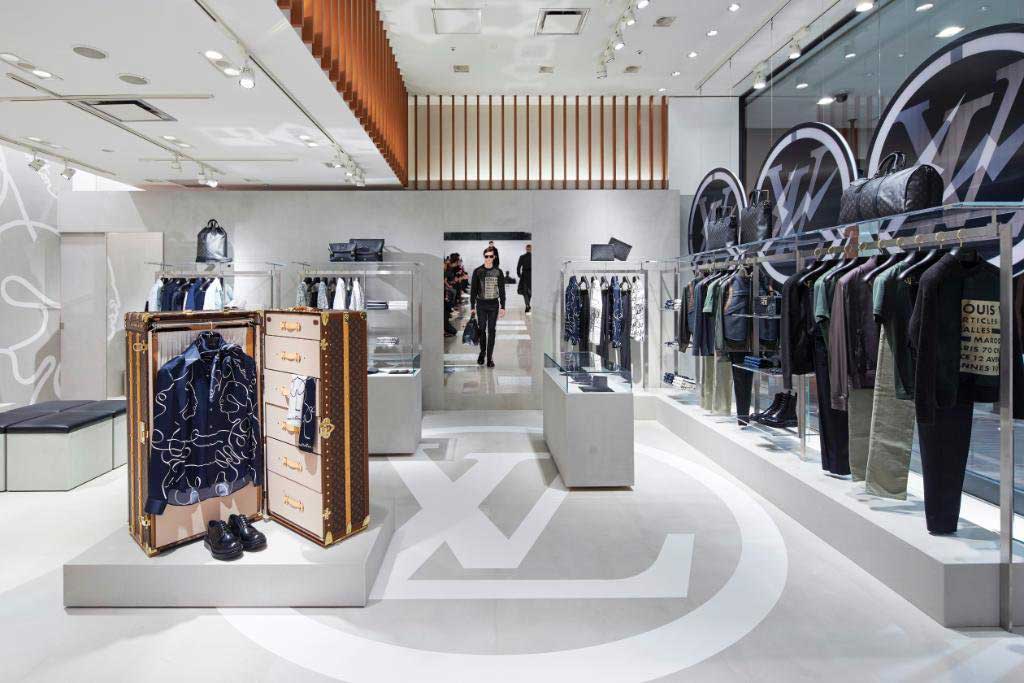
The LV pop up store in Tokyo, featuring Kim Jones and Hiroshi Fujiwara collaboration
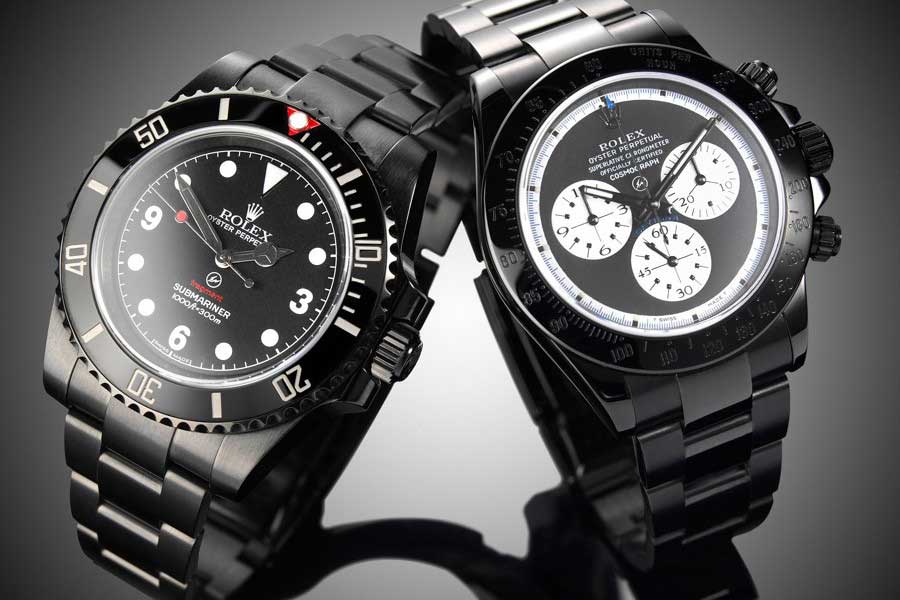
Examples of Rolex from the Bamford and Fragment collaboration
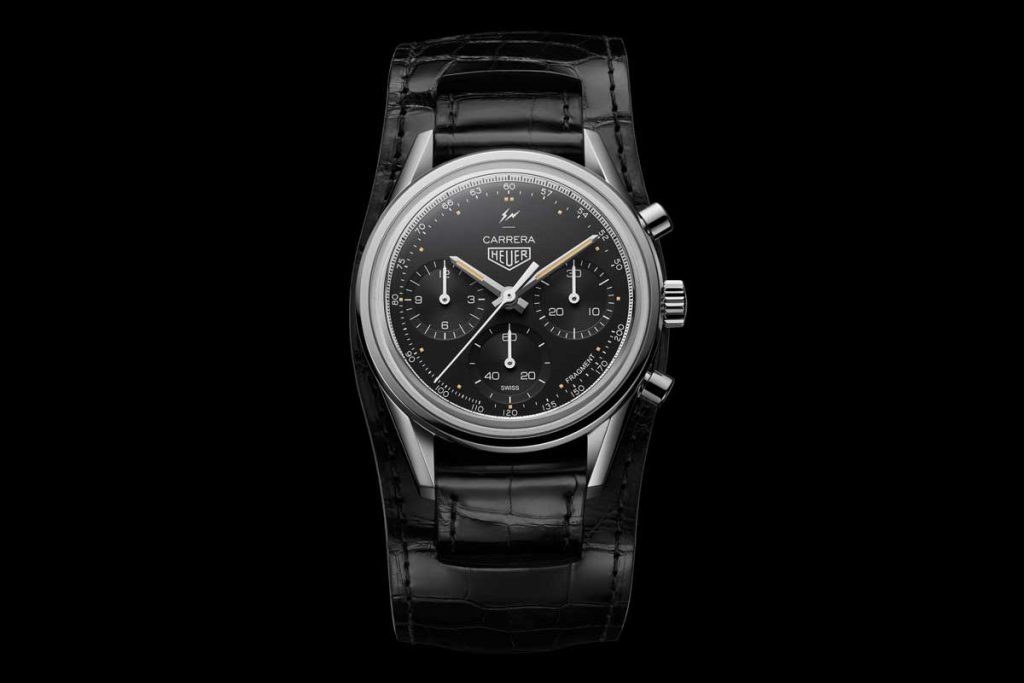
The TAG Heuer Carrera Fragment on a black alligator Bund strap
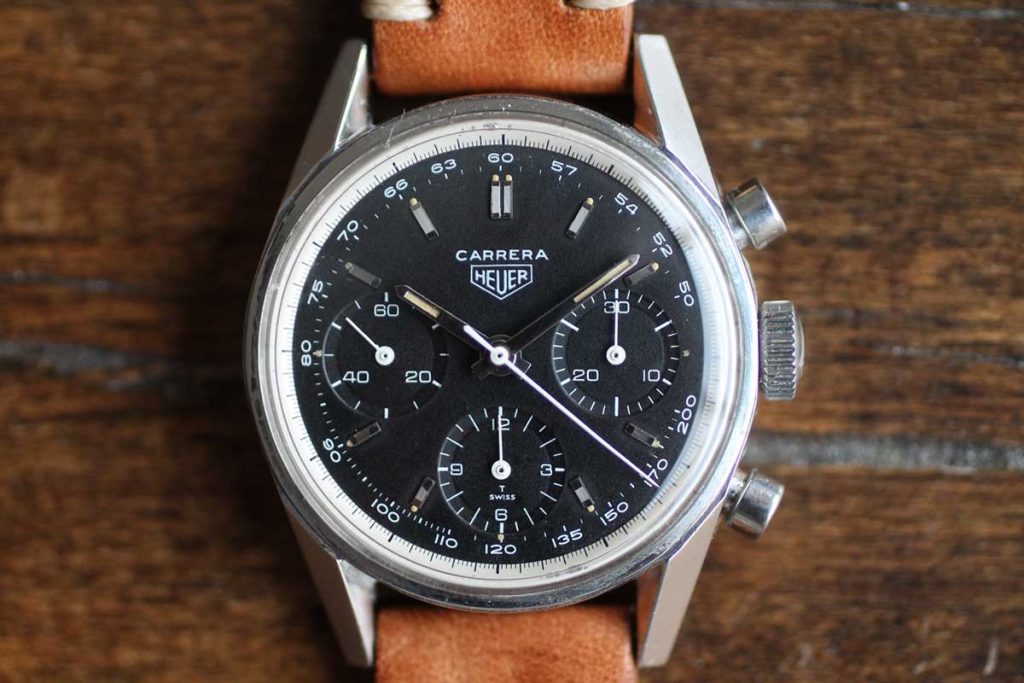
The Heuer Carrera 2447NT (Image: bazamu.com)
The dial expresses a powerful contemporary minimalism despite the vintage elements, evinced through the contrast between the dynamically charged contrast between black and white print and with the silver outer track inspired by the 1963 Carrera’s outer flange. Fujiwara loved receiving the first prototype, it was a beautiful and original timepiece that no one would expect in a TAG Heuer catalog.
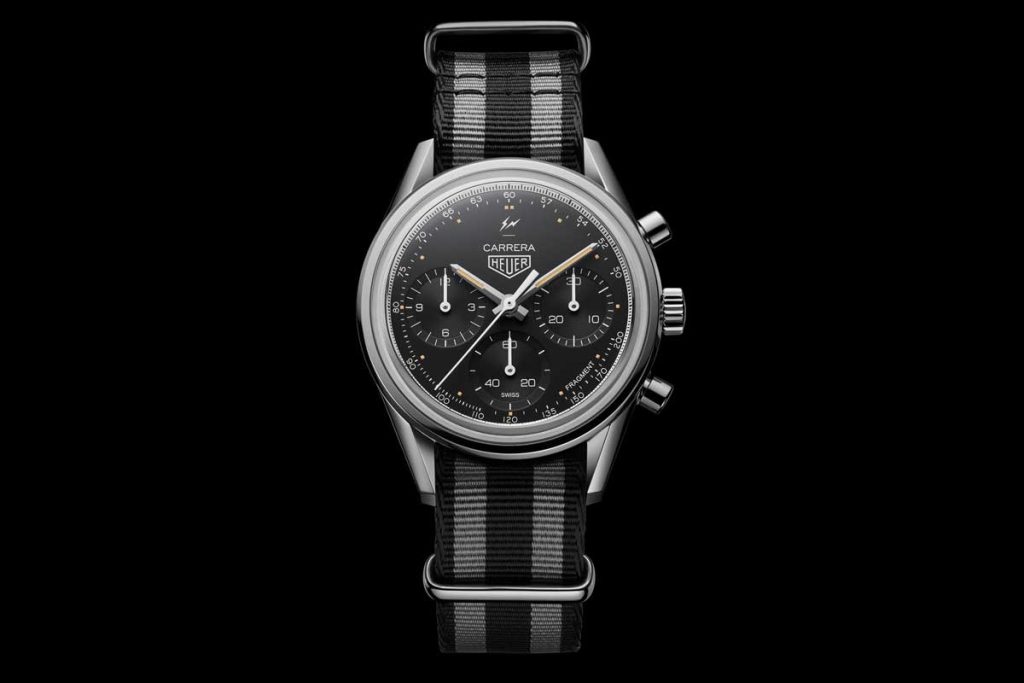
The TAG Heuer Carrera Fragment on a black and grey NATO strap
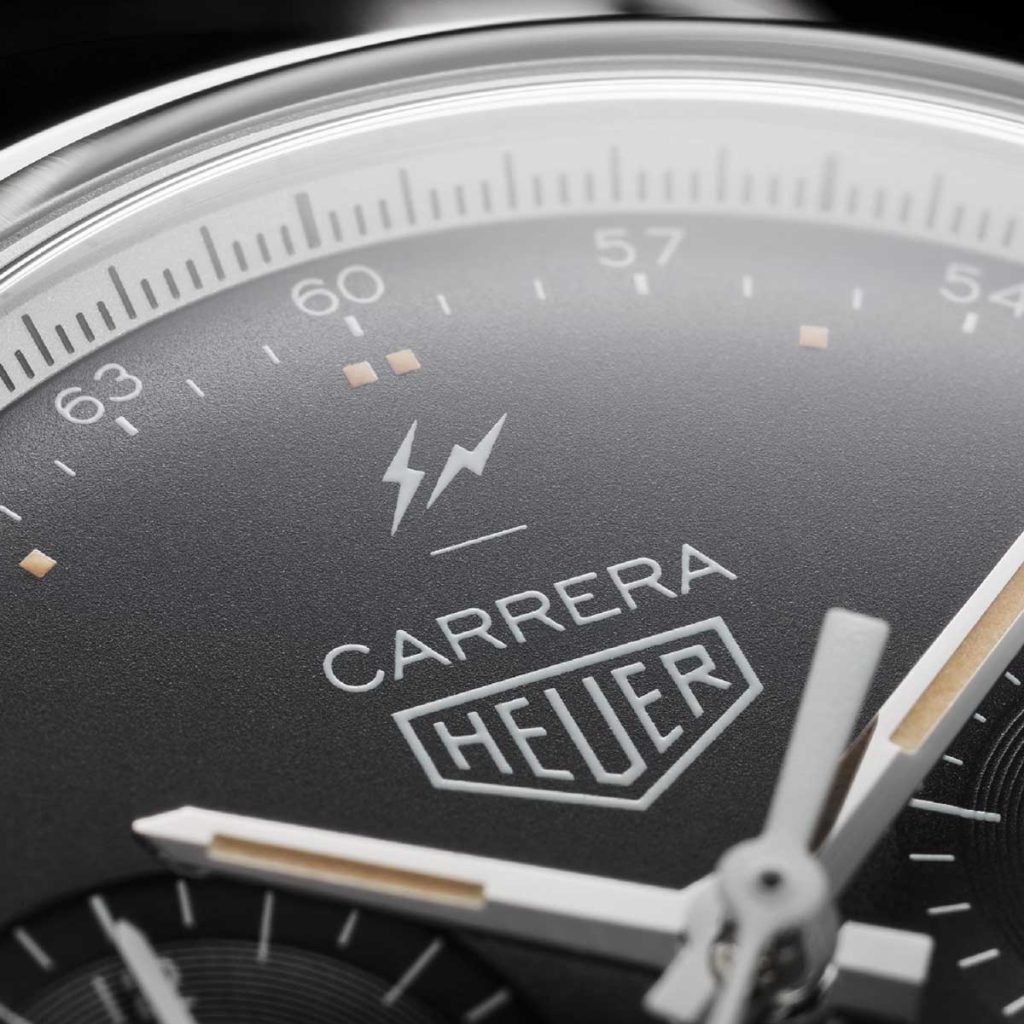
Fragment's signature at 12 o'clock on the TAG Heuer Carrera Fragment's dial
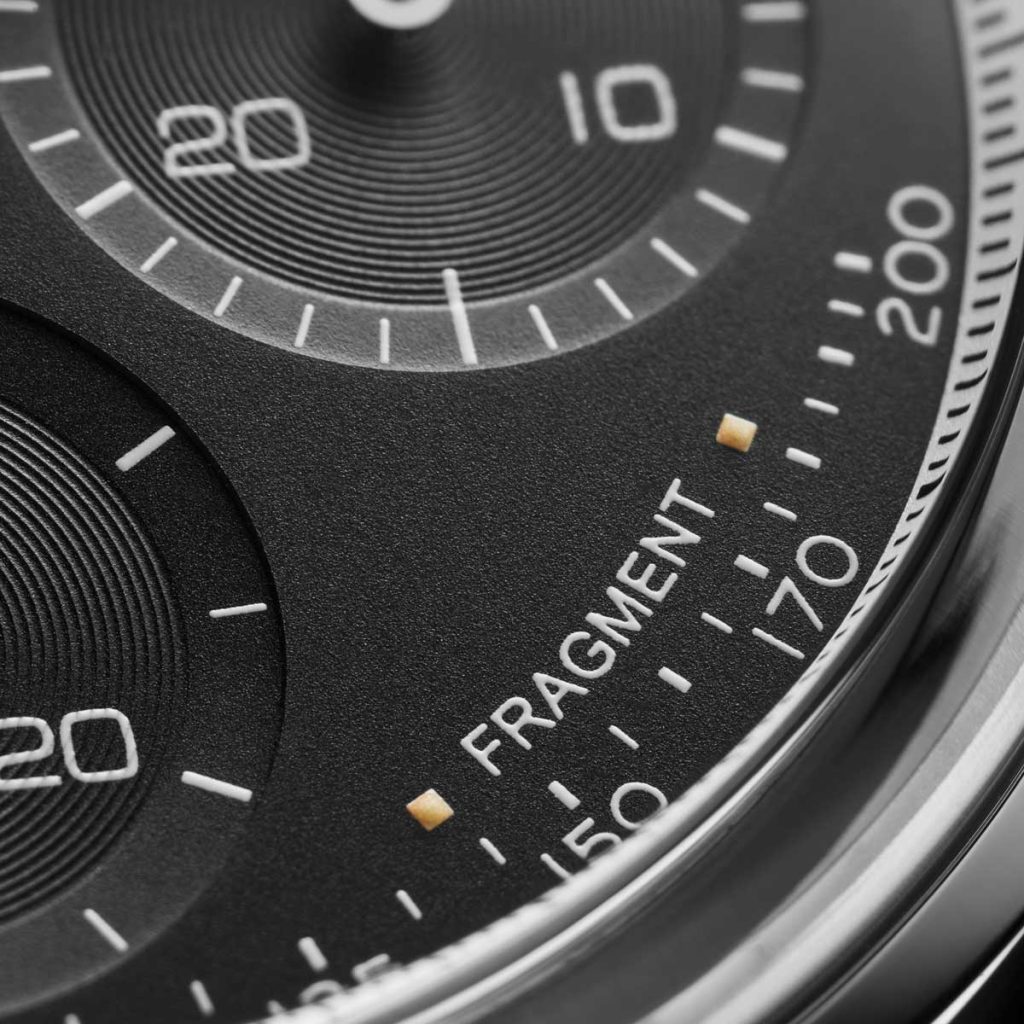
Fragment's signature between 4 and 5 o'clock on the TAG Heuer Carrera Fragment's dial
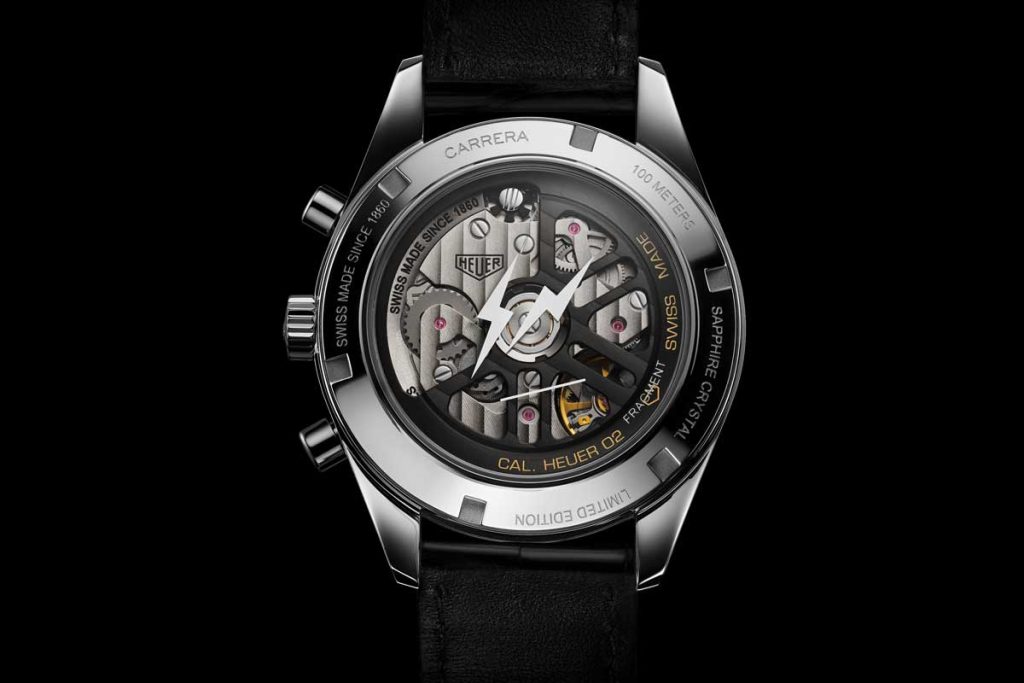
Caseback on the TAG Heuer Carrera Fragment
Actually, its significance goes beyond its collectability as a timepiece but as a symbol of collaboration between two of the greatest geniuses in contemporary luxury culture. And with Jean-Claude Biver now announcing his retirement, it is poignantly the last limited-edition watch he has personally overseen at his tenure at TAG Heuer endowing it with extraordinary significance.
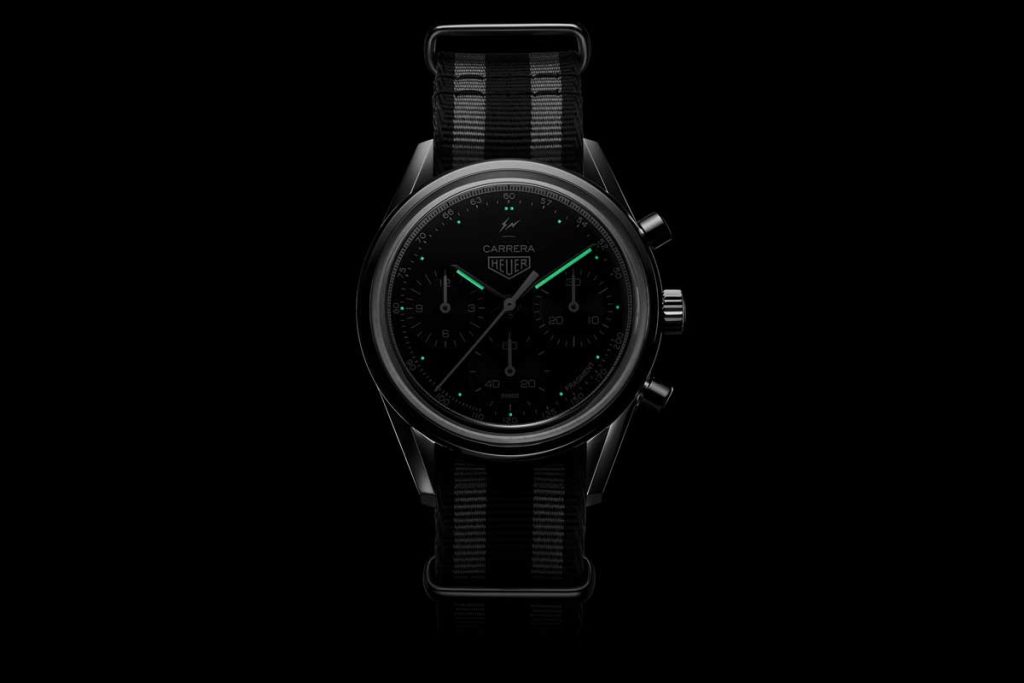
Lume shot of the TAG Heuer Carrera Fragment





